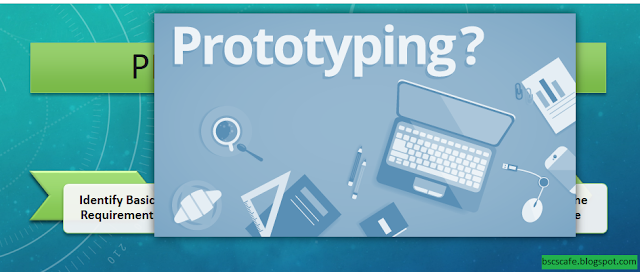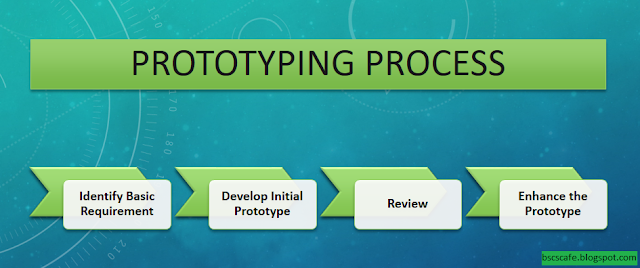Software Testing:
It is a process of running or executing a program with the intent of finding the bugs and evaluating either it is satisfying the specified requirements or not. Software Tester ensures that the application meets the requirements, response correctly, completes its functions in time and compatible with environment.
 |
| Software Testing | BSCSCAFE |
Software Testing Methods:
- Static Testing:Is used to discover the defects and error of application by manually reading the source code, documentation without executing the actual application. Done during verification process.
- Dynamic Testing: Is used to examine the dynamic behavior of application by executing the actual application. Giving input values and looking for the expected results. Done during validation process.
- The Box Approach: This approach is divided into two test. First one is (i) White-Box Testing and second one is (ii) Black-Box Testing.
- White-Box Testing: this test is done by looking into the internal structure, functionality, code or logic of application. It requires a programming knowledge. Also known as glass-box testing, clear-box testing, open-box testing, logic driven, path driven testing.
- Black-Box Testing: this type of test is done by without looking into the code and internal structure of application. Unlike White-Box testing programming skills are not required.
Testing Levels:
 |
| Software Testing Levels | BSCSCAFE |
- Unit Testing: Individual units of an application are tested to determine whether they are working properly. Unit is the smallest testable part of an application. Every unity is tested in isolation and are independent.
- Integration Testing: When two or more units are passed through unit testing are combined to test interface of them. Used to expose the defects in the interfaces and interaction between the components.
- Component Interface Testing: After bypassing integration testing, handling of data being passed from one unit to other unit is checked. It could be either extreme data values or data types.
- System Testing: A complete integrated system is tested to verify that the system meets all the requirement of the end-user.
Testing levels from the perspective of the customers:
- Low-Level Testing(LLT): It is a group of tests for different level components of system or application.
- High-Level Testing(HLT): It is group of test for whole product or application.






